“Our goal was to create a timeless design rooted in the essence of motorsport,” explains John Krsteski, Genesis Senior Chief Designer during the recent Gran Turismo World Series World Finals in Barcelona. With its sweeping flame-like silhouette, the Genesis X Gran Berlinetta Vision GT Concept does indeed embody the movement of a vehicle moving so fast it almost appears to be racing by even when parked.
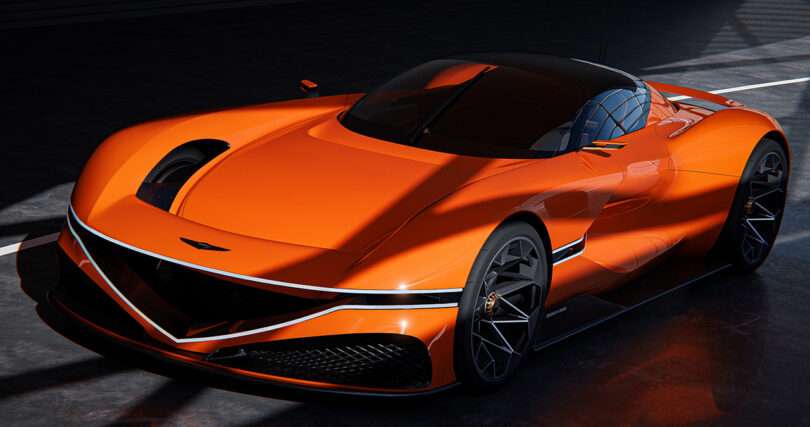
The X Gran Berlinetta VGT Concept was conceived from the outset for the track – a virtual track – a design study imagined to demonstrate “Genesis’ passion and intent for the Vision Gran Turismo.” Just in case you aren’t a gamer, that isn’t a real world racing event, but a series of concept cars designed specifically for the Gran Turismo video game, each developed by a cross-section of the world’s top automobile manufacturers to compete (but also to peacock their concepts toward an audience already primed for appreciating exploratory and imaginative automotive design).
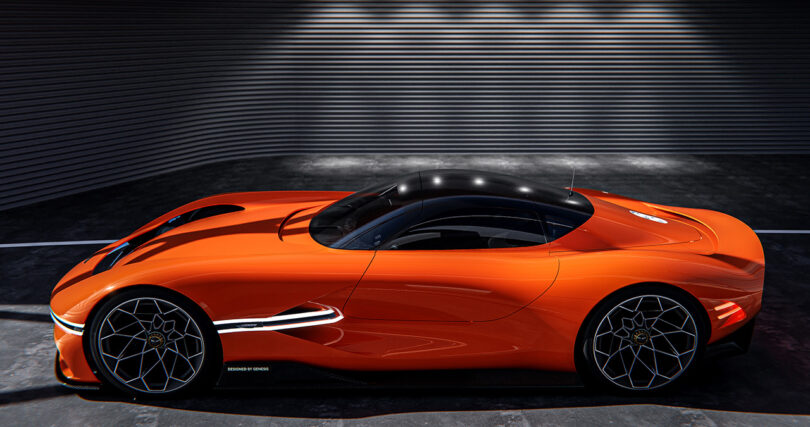
And the flaming hot X Gran Berlinetta VGT Concept very well might be the Korean automotive brand’s most evocative exploration of what it means to go as fast as possible, comfortably as possible.
On the outside, Genesis designers have sculpted a prowling profile with a bubble topped cockpit. Up front, a dip-lipped large Crest Grill outlined by Genesis’ Two Lines operate as a brand identifier flowing from the sides toward the fascia, with the vehicle’s sizable V-shaped maw and aerodynamic construction sculpted across the car’s body becoming even distinct when the concept’s Quad Lights are illuminated.
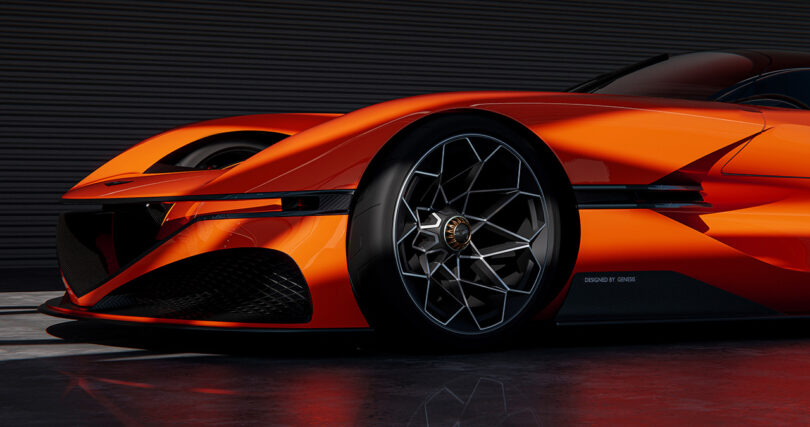
Enormous spider webbed wheels accentuate the low profile of the body while also drawing eyes toward its pronounced haunches.
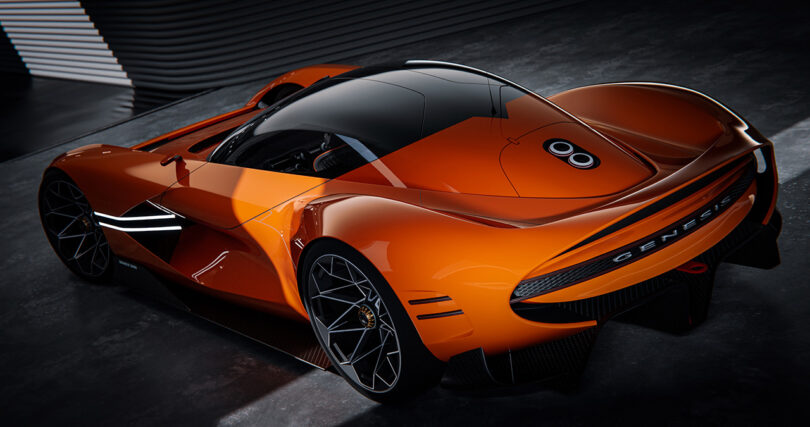
Genesis exterior design team concludes the sculpted volume of the X Gran Berlinetta VGT Concept with an elliptical aerodynamic rear that essentially transforms the tail end into one enormous Genesis emblem framed by a tightly wound spoiler. It’s faintly reminiscent of the Ferrari F40’s signature spoiler from ground level in its commitment to aerodynamics, but instead of an audacious rectilinear tail, this one seems purse-lipped about its intent to direct downward force and mitigate lift.
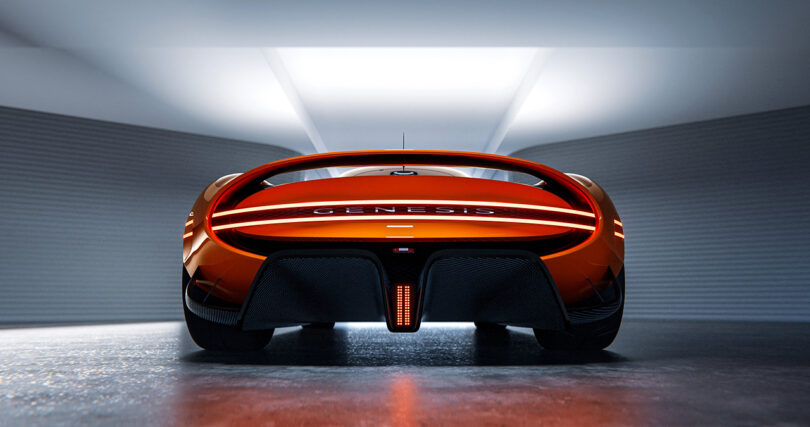
And that riotous paint job? The bright orange – “Magma” to be exact – is a color Genesis says was created to represent Korean culture’s emotive and passionate spirit, and supposedly references the country’s dormant trio of Holocene volcanoes.
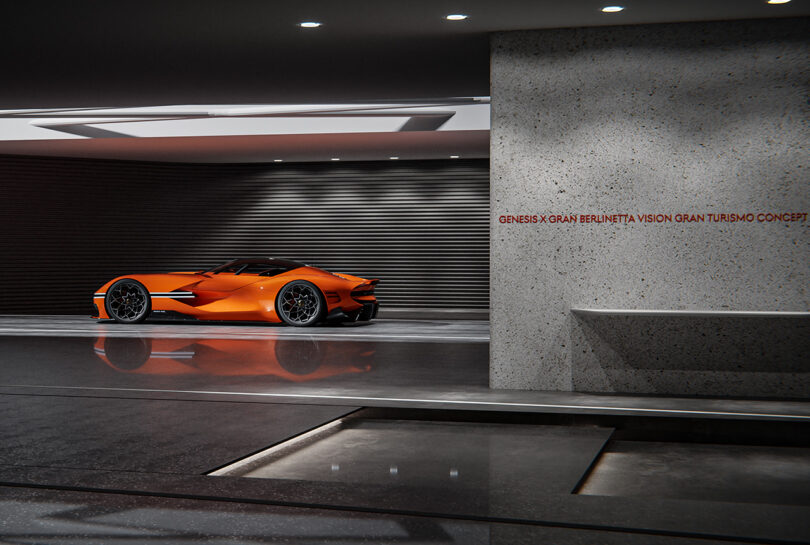
The wig-whipping 1071hp concept operates as a hybrid affair, powered by a front mid-mounted Lambda 11 V6 engine good for 870hp aided by an electrically assisted Yasa E motor responsible for delivering an additional 201hp and 196 lb-ft of torque. Inside, the interior cabin is appointed handsomely just north of spartan, with quilted padding and carbon judiciously applied across surfaces to find a balance between the concept’s race track aspirations and the luxury Korean automaker’s more sophisticated proclivities, resulting in the realization of Genesis’ Athletic Elegance design ethos.
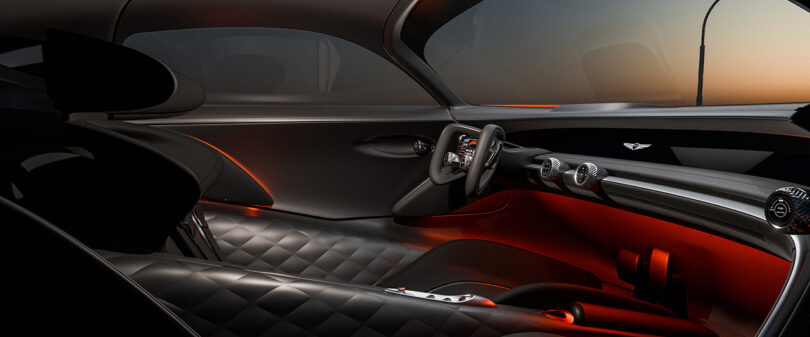
Mirroring its exterior, the interior’s body hugging seats communicate the possibilities of maximum acceleration available in an instant, with a yoke-style steering wheel outfitted with its own screen to off-board speedometer, odometer, fuel, and other essential information from the dash to a more intimate proximity and keeps the driver’s view unobstructed. Additionally, a panoramic digital interface supplements the vehicle’s monitoring system with a digital wingspan nearly reaching from one side to the other.
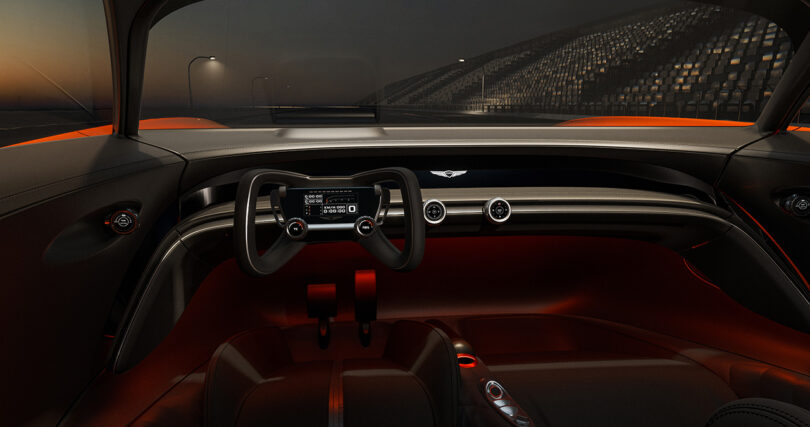
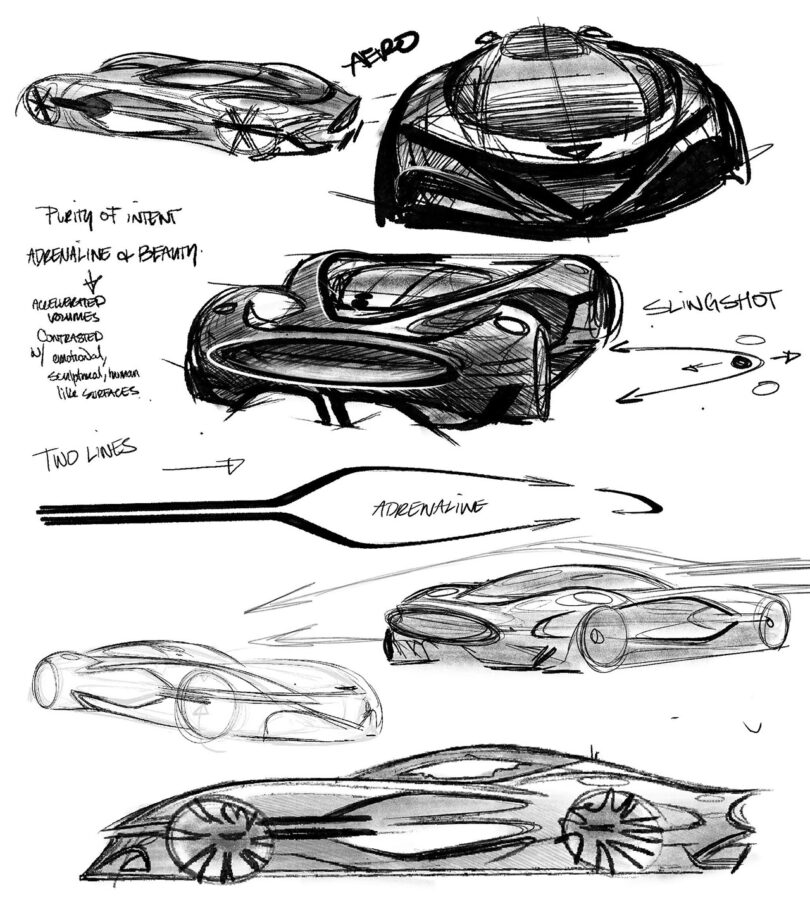
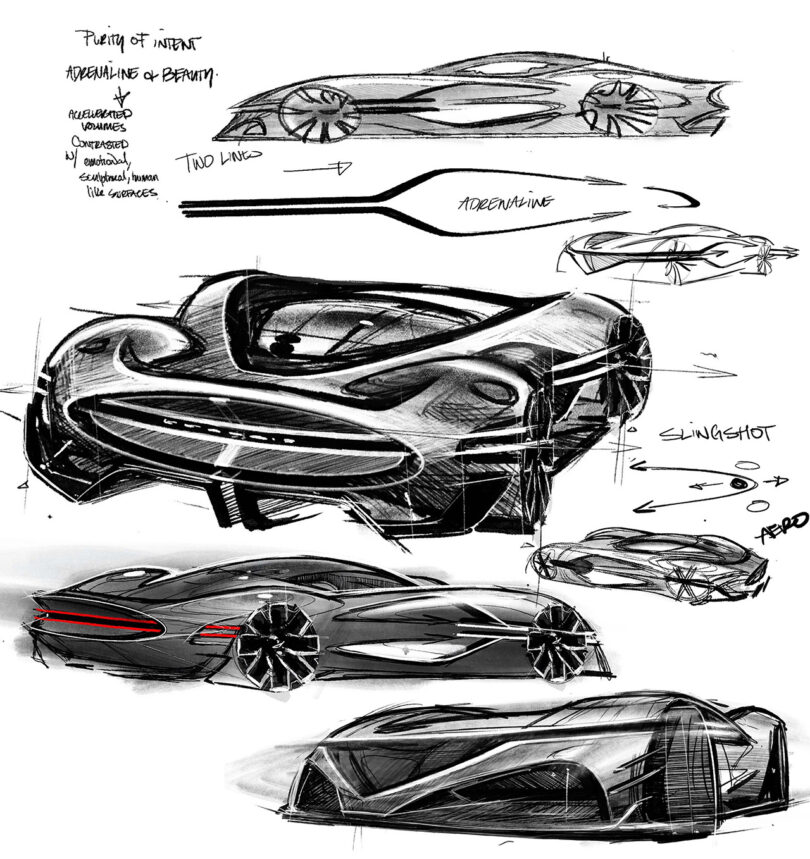
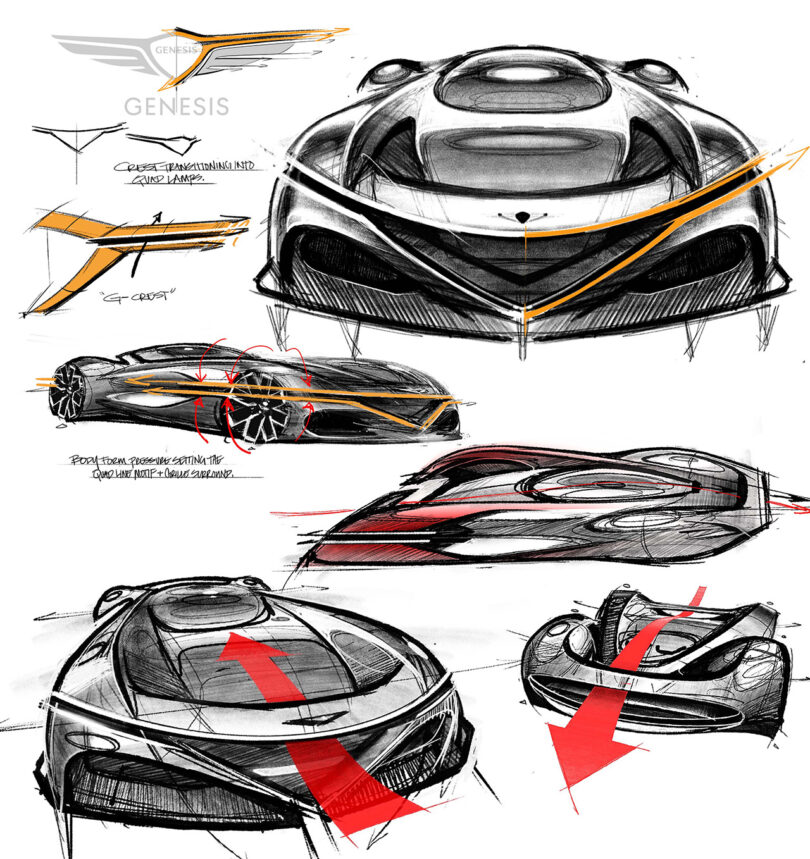
If you want to eventually get into the Genesis X Gran Berlinetta VGT Concept, we’ve got some good news and bad news. Unfortunately, as is often the case with the most riveting of automotive design, the full-scale concept won’t be hitting dealers any time soon, if ever, joining Genesis’ X Convertible, X Speedium Coupe, and X Concept as purely design language exercises. The good news? Everyone will be invited to test drive the concept virtually as a drivable model in Gran Turismo 7 starting January 2024, undoubtedly a much more affordable route toward the emotional performance promised by Genesis.






